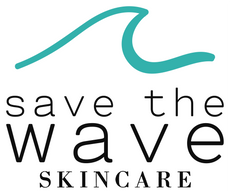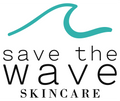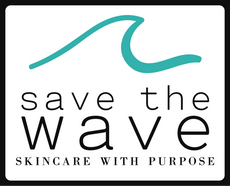2020 ·
about ·
age ·
aging ·
anti-aging ·
antioxidants ·
athleta ·
avocados ·
banana republic ·
bio ·
blog ·
boomers ·
cruelty free sincare ·
cruelty free skincare ·
diet ·
dry skin ·
Duke University ·
eczema ·
eye cream ·
founder ·
gap ·
green ·
green living ·
groceries ·
handcare ·
hands ·
health ·
healthy living ·
healthy skin ·
melasma ·
mens health ·
mens skin ·
new years resolutions ·
Nurse ·
Nurse practitioner ·
nutrition ·
old navy ·
organic skincare ·
plastic free ·
pregnancy ·
psoriasis ·
retinol ·
rosacea ·
save the planet ·
save the wave skincare ·
skin ·
skin cancer ·
skinspiration ·
SPF ·
sunblock ·
teen skincare ·
teenagers ·
teens ·
vegan skincare ·
vitamin d ·
vitamins ·
winter ·
wrinkles ·
Celebrating National Sunscreen Day!
Sunscreen: where it came from and why it’s important for ALL of us.
Sunscreen was first developed in 1930’s and credited to both Franz Greiter and Benjamin Greene. The first sunscreen formulas were a thick combination of cocoa butter and red veterinary petroleum. Greiter is also credited with developing the SPF (which stands for sun protection factor) rating system that we still use today. You may recognize Green’s brand, which he marketed in the 1940’s as Coppertone Suntan Cream. Pretty cool.
We have come a dramatically long way in sunscreen formulations today; Creams, lotions, gels, sprays, and foams are now available for us to use while having fun outdoors. Which is your preference?
We have come a dramatically long way in sunscreen formulations today; Creams, lotions, gels, sprays, and foams are now available for us to use while having fun outdoors. Which is your preference?
Choices in texture are not the only options available. We can now decide to have a chemical based sunscreen that absorb the Ultraviolet (UV) radiation, mineral based products that reflect UV light, or a hybrid of the two.
Protecting our skin consistently from the damaging effects from UV exposure decreases our risk for sun damage, photo aging, skin cancer and melanoma.
According to the American Cancer Society, UV radiation is divided into 3 main groups:
- UVA rays have the least energy among UV rays. These rays can cause skin cells to age and can cause some indirect damage to cells’ DNA. UVA rays are mainly linked to long-term skin damage such as wrinkles, but they are also thought to play a role in some skin cancers.
- UVB rays have slightly more energy than UVA rays. They can damage the DNA in skin cells directly and are the main rays that cause sunburns. They are also thought to cause most skin cancers.
- UVC rays have more energy than the other types of UV rays. Fortunately, because of this, they react with ozone high in our atmosphere and don’t reach the ground, so they are not normally a risk factor for skin cancer. But UVC rays can also come from some man-made sources, such as arc welding torches, mercury lamps, and UV sanitizing bulbs used to kill bacteria and other germs (such as in water, air, food, or on surfaces).
Whatever formula you choose, be thankful that we are not having to slather red petroleum on our skin each day to stay safe in the sun!







Leave a comment